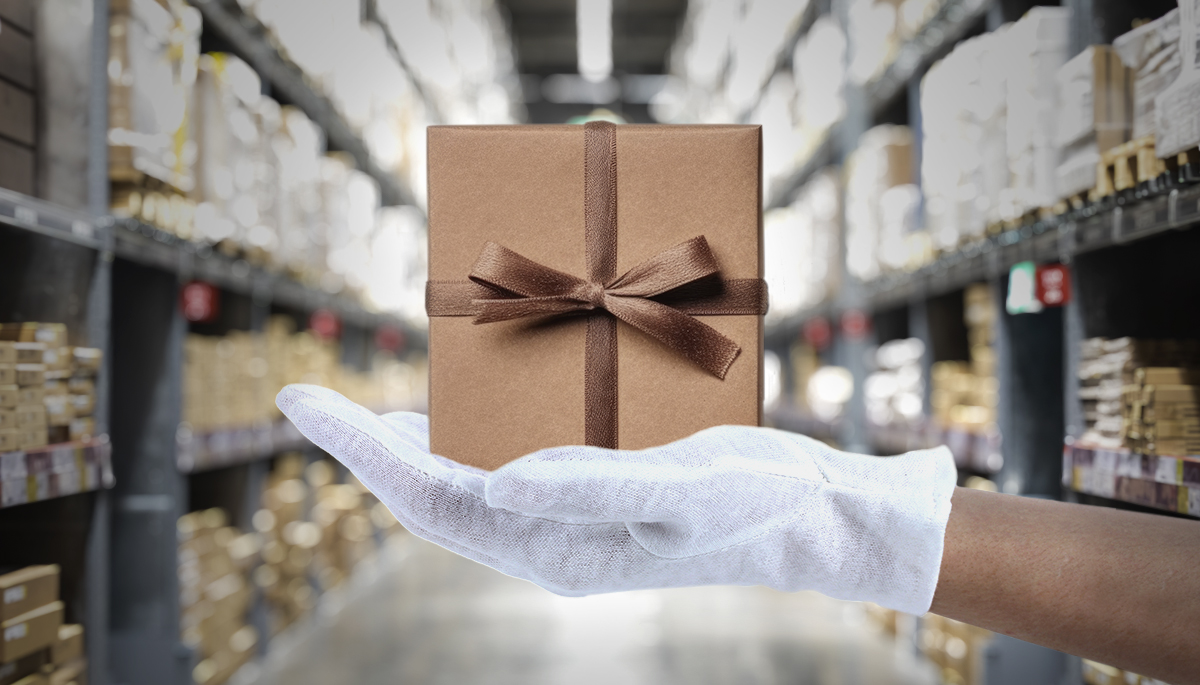
Gen Z Shoppers Push Brands to Clean Up
The TikTok generation is also the sustainability generation, and these consumers are concerned about their future. Gen Z shoppers are more informed about what sustainability should look like in practice and retailers are striving to keep up.
As consumer demand continues to grow for eco-friendly products and packaging, the most successful brands in the next era of eCommerce will be those that make sustainability a priority and create a shopping experience for customers that reflect their values. What makes Generation Z tick? We surveyed 4,000 consumers in the US and the UK on the topic of sustainability and our findings offer insight into how younger consumers are approaching conscious commerce.
Think outside the recyclable box
The 1970s and 80s ushered in the era of recycling. The three Rs were touted as a way that consumers could do their part to help the environment – reduce, reuse, recycle. Younger shoppers, however, are redefining what it means to be sustainable.
When asked how they would describe sustainability, Gen Z consumers were more likely to say sustainable means being socially responsible, locally produced, labelled or certified as responsibly sourced, carbon neutral, and supporting biodiversity. In comparison, for older age groups, the understanding of sustainability was more focused on recycled, repurposed, durable and reused.
Younger generations are more concerned with the larger supply chain implications of their purchases and appear to have a broader understanding of the ways in which a retailer can reduce their environmental impact across the supply chain, not just how they package or deliver their products. In fact, 65% of Gen Z and 66% of millennials put a premium on high-quality goods that will last a long time and can be repurposed. That would align with the trend of upcycling among younger consumers.
And with 54% of Gen Z describing sustainability as being socially responsible, green initiatives should not exist in a vacuum. Retailers and brands need to adopt a holistic approach to being eco-friendly – taking into account how they can reduce their carbon footprint at every step of the product journey.
It’s their future
According to our research, 71% of Gen Z consumers have expectations of sustainable packaging from retailers. In comparison, 52% of baby boomers expect sustainable packaging, with millennials coming in at 66%.
The generation that brought us environmental activist Greta Thunberg is driving a more socially conscious narrative. Climate change is top of mind for Gen Z consumers, who are more likely to express anxiety about the future.
These digital natives are mobile, well versed on topics and understand the importance of mass communications. They came of age during the COVID-19 pandemic and a global crisis has a way of shaping lifetime spending habits.
With younger shoppers investing in brands that care about sustainability, retailers need to find smart solutions to appeal to this growing focus. From manufacturers to the third-party logistics(3PL) providers fulfilling online orders, brands should find partners who strive for a more sustainable future.
A retail Catch-22
Consumers want brands that support their values, but without increasing costs. Among Gen Z shoppers, 33% believe that charging a higher cost for more sustainable, eco-friendly shipping and delivery options is not justified. The concern is slightly less for millennials and baby boomers.
Most shoppers say they’re willing to wait an extra day or two for their delivery if they knew the delivery had a significantly smaller carbon footprint. But shoppers also want what they want when they want it – now. As a result, 73% of millennials will choose faster delivery if they don’t have to pay extra, with no concern for sustainability. The figure is only slightly less for Gen Z shoppers at 67%. Baby Boomers will go for speed too (61%).
One trend that is big among Gen Z consumers is “bracketing” – buying the same item online in multiple sizes or colors and then returning what they don’t want. According to our research, this practice is highest among Gen Z shoppers (35%) compared to other generations. In contrast, only 8% of baby boomers say they order multiple sizes of the same item.
How to be efficiently eco-friendly
One way to be sustainable while offering fast delivery is by getting products closer to customers. To pull off multi-node operations successfully, you need advanced order routing capabilities. A distributed order management (DOM) system enables retailers to route orders across many fulfillment points if needed. This way, you can factor in delivery preferences, including shipping time and costs, along with better inventory management at stores and, of course, more sustainable delivery methods.
Leveraging the growing regional carrier market allows brands to make good on faster delivery times at a lower cost, with more accountability than national carriers. Partnering with these local operators wherever their distribution centers (DCs) are located enables faster, more cost-effective ground delivery. When combined with a multi-node fulfillment approach, retailers can maintain quick turnaround across regions, as opposed to a traditional fulfillment hub model.
When it comes to returns, shoppers want convenience. More than 60% of Gen Z consumers prefer to have multiple options to return a product, such as return to a store, use a drop off location, ship it back, etc. Millennials (59%) and baby boomers (50%) want multiple options too.
Clean up to keep up with Gen Z shoppers
QR codes are a great way to pass on information about sustainability initiatives. Along with printing “Recycle me” on packaging, retailers and brands should consider linking to their Corporate Social Responsibility (CSR) page via a QR code on the box. Brands could also leverage QR codes to streamline more efficient returns.
Customers should be able to “opt-in” to more sustainable packing methods during checkout. For example, a luxury brand could offer consumers the option to choose minimal packaging instead of the premium experience with ribbons, non-recyclable boxes, tissue paper, etc. Expanding consumer understanding of sustainability beyond recycling could help customers appreciate the efforts brands are taking to reduce their impact on the environment.
Gen Z’s influence will only grow as more of this generation enters the workforce. Retailers and brands should work with partners who share their values and goals when it comes to sustainability. Brands and retailers who strive to reduce their environmental impact will gain a competitive advantage by clearly communicating their sustainability efforts.
For more insights from our sustainability survey, download the full report, The Green Dilemma: The Disparity Between Consumer and Retailer Perceptions.


